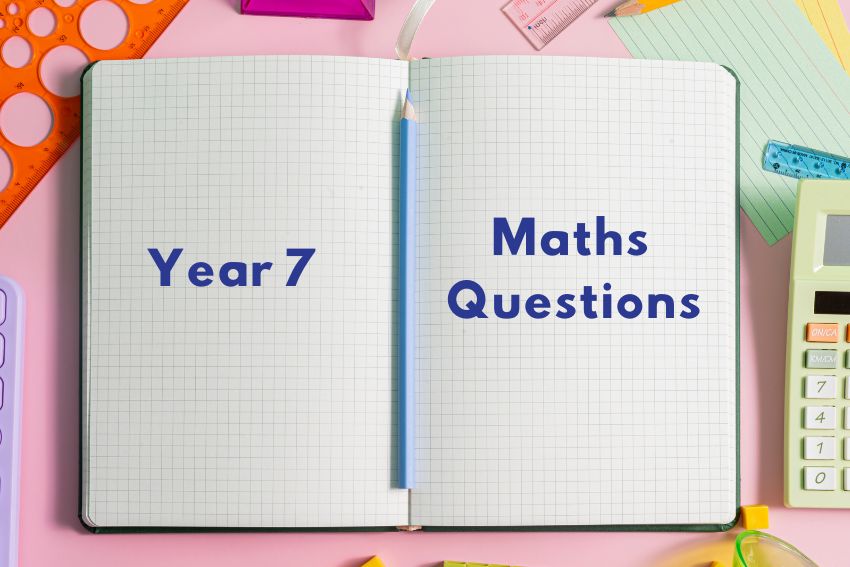The transition to secondary school is a big milestone for children and parents alike. Moving from the familiar setting of primary school to a larger, more independent learning environment can bring a mix of excitement and uncertainty. While some children look forward to new experiences, others may feel anxious about making friends, handling more subjects, or navigating a bigger school.
As a parent, you might wanna know how to make this change as smooth as possible for your child. The good news is that with the right preparation and support, you can help them adjust better.
In this guide, we’ll walk you through what to expect, how to ease your child’s worries, and practical steps to make the transition stress-free. Whether your child is feeling excited, nervous, or a mix of both, these tips will help them settle into their new school.
What to Expect When Transitioning to Secondary School
The transition from primary to secondary school brings many changes, both exciting and challenging. Starting secondary school means adjusting to new routines, teachers, and responsibilities. Unlike primary school, where pupils have one main teacher, secondary students move between different classrooms for each subject, requiring them to manage their timetable and adapt to various teaching styles.
The school environment is also much larger, often with multiple buildings and hundreds of students. Many children worry about finding their way around, but most schools provide orientation sessions, maps, and buddy systems to help them settle in. For those looking for more information, the UK Government’s Education Portal offer insights into educational standards and expectations that can help you understand what your child will face and how you can support them.
Another big change is the increase in homework and independent learning. Secondary students are expected to organise their work, meet deadlines, and take responsibility for their studies. This can be overwhelming at first, but good time management will help them stay on track.
Socially, your child may find that friendships change as they meet new classmates. While some children adapt quickly, others may take time to find their place. Encouraging them to stay open to making new friends while maintaining old ones can help ease the transition.
If you prepare your child for these changes and reassure them that it’s okay to take time to adjust, you can help them approach this new chapter with more confidence.

Understanding Academic Expectations in Secondary School
Along with new routines and responsibilities, the transition to secondary school also brings changes in academic expectations. Many students will face assessments and structured learning that feel different from primary school. For those applying to grammar or selective schools, the 11 Plus exam is a major part of the transition. This test assesses English, maths, verbal, and non-verbal reasoning to determine eligibility for selective schools. If your child is preparing for these exams, early preparation and practise papers can help!
Once in secondary school, many schools conduct baseline assessments in Year 7 to understand students strengths and areas for improvement. These aren’t high-pressure exams, but they help teachers place students in appropriate sets or ability groups. It’s helpful to remind your child that these assessments are just a way for teachers to understand how best to support them. For parents looking to help their children prepare, resources like year 7 maths questions can provide insight into the type of content covered in these early assessments.
Secondary school also introduces more structured assessments, preparing students for GCSEs later on. Regular homework, tests, and projects help build study habits and independent learning skills. Core subjects like Key Stage 3 Maths and KS3 English become particularly important as they form the foundation for future learning and exams. Students will also explore other subjects like KS3 Geography, which introduces them to important concepts about the world around them.
Practical Steps to Ease the Transition to Secondary School
Now that you understand the changes your child will face, let’s look at some practical steps to help them settle in more easily. A little preparation can make a big difference in easing their nerves and setting them up for success.
Visit the School Before Term Starts
Many schools offer transition days where Year 6 pupils can explore the environment, meet teachers, and get familiar with their new surroundings. If your child’s school doesn’t have one, consider taking a walk around the area or practising the school journey together to help them feel more confident.
Get Organised with Supplies and Schedules
Make sure they have the right uniform, stationery, and school bag before the first day. Set up a homework routine early to prepare them for the increased workload.
Review School Rules and Expectations
It’s also a good idea to review school rules and expectations together. Talk about things like uniform policies, behaviour guidelines, and how homework is submitted. This will help your child feel more prepared and avoid any surprises.
Building Social Confidence in a New School Environment
To help your child adjust better to their new environment, encourage them to stay open to new friendships. Getting involved in extracurricular activities is also a great way to meet like-minded peers. Whether it’s a sports club, drama group, or coding club, finding an activity they enjoy the most.
It’s also important to talk about navigating social challenges. Peer pressure and friendship changes are normal at this stage, so remind your child that it’s okay to take time to find the right friends, ones who make them feel comfortable and respected. Websites like YoungMinds offer tips on navigating social challenges, which can be useful if your child feels anxious about making new friends.

Transition to Secondary School – Creating a Daily Routine
A well-structured routine can make the transition to secondary school much easier. With new subjects, homework, and increased independence, helping your child manage their time will reduce the stress.
Start by setting a consistent morning routine. Getting up on time, having a healthy breakfast, and preparing school essentials the night before can prevent last-minute stress. Help them plan their journey to school in advance, whether walking, cycling, or taking public transport.
Homework will become a bigger part of their school life, so providing a dedicated study space and homework routine early on is important. Help them break tasks into smaller steps and use a planner to track deadlines. Teaching them time management skills now will benefit them throughout their secondary school years.
Encourage a healthy balance between schoolwork and downtime. Extracurricular activities, hobbies, and social time are just as important as academics. A Balanced routine will help them stay motivated and avoid burnout. If you create this routine early on, your child will feel more in control and ready to take on the challenges of secondary school.
My Child is Struggling with Transition to Secondary School – What to Do?
If your child is struggling with the transition to secondary school, it’s important to acknowledge their feelings and offer support. Let them to talk to you openly about their worries, whether it’s about making new friends, dealing with schoolwork, or adjusting to new routines.
Let them know that feeling nervous or scared is completely normal. Reassure them that it’s okay to take time to adjust and that things will get easier as they settle in. Help them develop coping strategies, like relaxation techniques or writing down their feelings, to manage stress. By offering patience and a listening ear, you’ll help your child feel more comfortable and confident in their new school environment.
Conclusion
The transition from primary to secondary school won’t be as difficult for your child if they receive the right support and guidance. With the proper help, they won’t feel alone. By preparing early, encouraging open conversations, and setting a routine, you can ease the stress of this change.
If your child still feels overwhelmed by the academic demands, online tutoring can be a great option. Our tutoring platform offers personalised support from experienced tutors and they can help with homework or specific subjects. Remember, this transition takes time, and it’s okay for your child to feel uncertain at first. With patience, reassurance, and the right support, they’ll settle in and start to enjoy their new school experience.
You Might Find This Interesting








